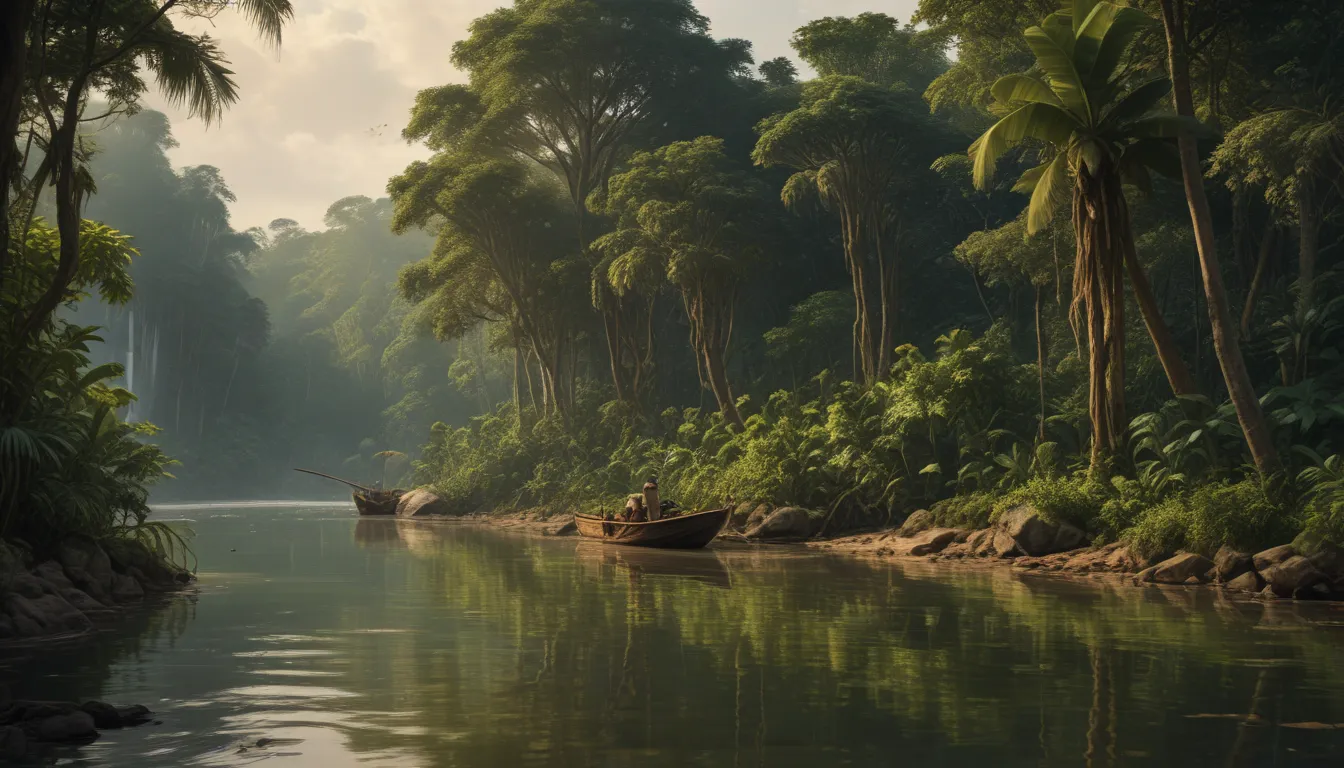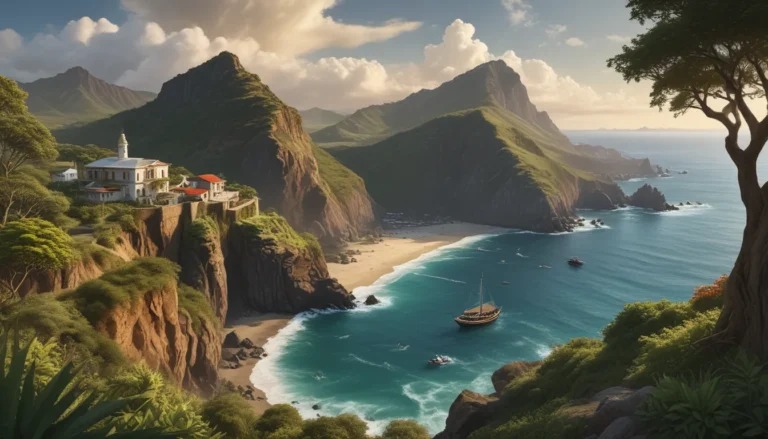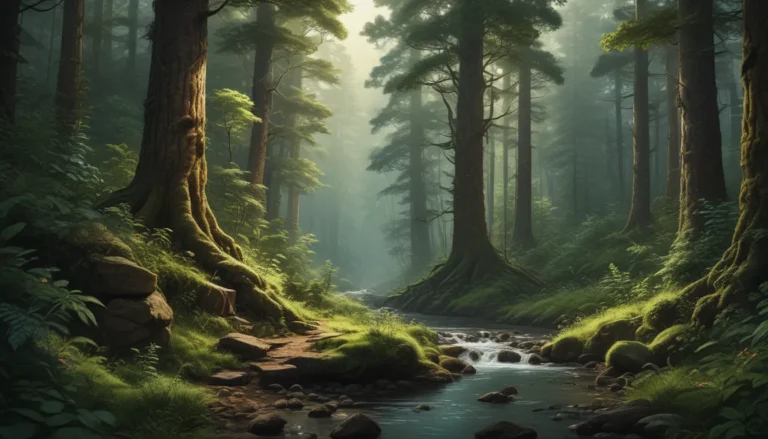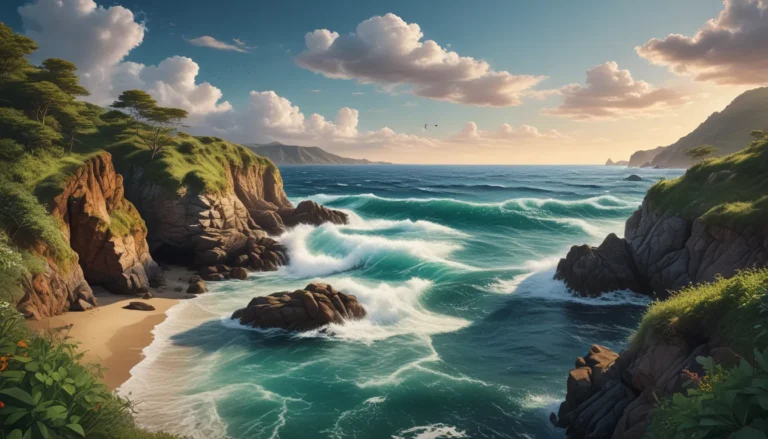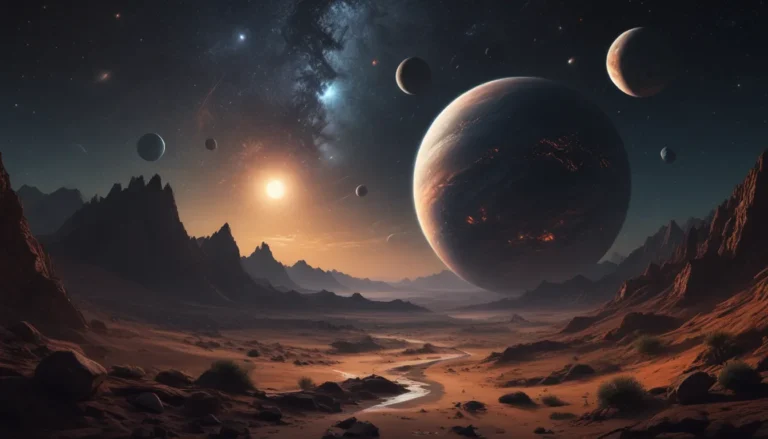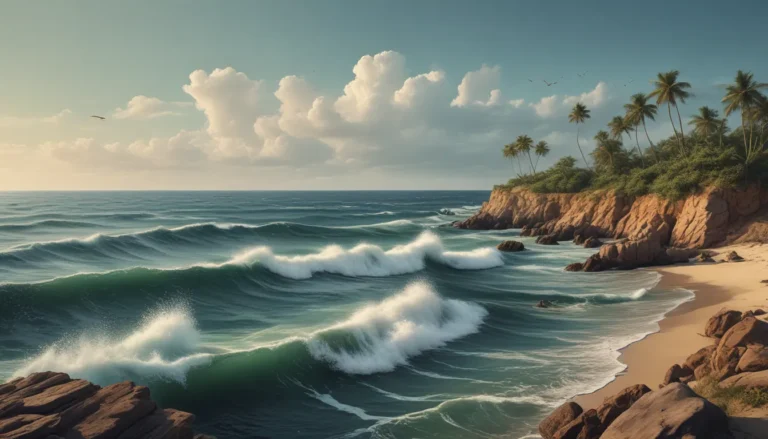The pictures we use in our articles might not show exactly what the words say. We choose these pictures to make you interested in reading more. The pictures work together with the words but don’t take their place. The words still tell you the important facts.
Are you ready to embark on a journey through the mesmerizing waters of the Amazon River? This incredible natural wonder, spanning over 6,400 kilometers through South America, holds many captivating secrets and intriguing facts waiting to be discovered. From its rich history and cultural significance to its astonishing wildlife and unparalleled ecosystem, the Amazon River never fails to amaze and inspire.
Key Takeaways:
- Discover the largest river in the world, home to unique wildlife, and a lifeline for indigenous communities. Uncover environmental threats and potential medicinal discoveries within the Amazon River. Explore its influence on climate patterns, unique biodiversity, and extraordinary natural phenomena.
The Largest River by Volume:
The Amazon River, located in South America, reigns as the largest river in the world based on its volume of water. With an average discharge greater than the next seven largest rivers combined, it accounts for approximately 20% of the world’s total river flow.
Heart of the Amazon Rainforest:
Running through the heart of the Amazon Rainforest, the Amazon River is surrounded by the largest tropical rainforest in the world. This diverse and rich ecosystem teems with unique plants, animals, and indigenous communities, making it a vital hotspot of biodiversity.
Vast Drainage Basin:
Spanning over 7 million square kilometers, the Amazon River’s drainage basin is the largest in the world. Encompassing parts of eight different countries, including Brazil, Peru, and Colombia, it covers an area roughly the size of the contiguous United States.
The Enigmatic Pink River Dolphin:
One of the most fascinating creatures inhabiting the Amazon River is the pink river dolphin, also known as the boto. As the largest freshwater dolphin in the world, it is renowned for its distinctive pink coloration, adding a touch of magic to the river's waters.
Lifeline for Indigenous Communities:
Sustaining the livelihoods of numerous indigenous communities, the Amazon River serves as a vital resource for transportation, food, water, and cultural practices. These communities maintain a deep spiritual and ancestral connection to the river, highlighting its significance in their lives.
Encounter with Piranhas:
Known for their sharp teeth and aggressive feeding habits, piranhas roam the waters of the Amazon River. Despite their notorious reputation, attacks on humans are rare, as these freshwater fish primarily feed on other aquatic animals.
Legendary Anaconda:
Slithering through the Amazon River and its surrounding forests, the green anaconda, one of the world's largest snakes, commands attention with its impressive size. Capable of growing up to 30 feet long, these powerful constrictors are known for their ability to swallow large prey whole.
Diverse Biodiversity:
The Amazon River's ecosystem boasts a breathtaking array of wildlife, including over 3,000 species of fish, countless birds, reptiles, amphibians, and approximately 40,000 plant species. Nature enthusiasts and scientists alike find solace in this haven of biodiversity.
Experience the Pororoca:
Witness the natural phenomenon of the Pororoca, a tidal bore that creates a large wave reaching heights of up to 4 meters (13 feet). Surfers and adventurers worldwide flock to the Amazon River to ride this incredible wave, adding excitement to their explorations.
Climate Influencer:
The vast volume of water flowing through the Amazon River significantly impacts the climate patterns of South America. Together with the surrounding rainforest, the river creates a unique microclimate that contributes to the region's rainfall and acts as a natural regulator of global climate systems.
Fresh Water Discharge:
The Amazon River releases copious amounts of fresh water into the Atlantic Ocean, altering the salinity near its mouth. This freshwater travels hundreds of miles into the ocean, creating a distinct boundary between freshwater and saltwater ecosystems.
Medicinal Discoveries Await:
The biodiversity of the Amazon River and its surrounding rainforest holds promise for discovering new medicinal plants and compounds. Traditional knowledge from indigenous communities inspires ongoing research and exploration in the field of medicine, showcasing the potential for breakthrough discoveries.
Environmental Threats:
Despite its ecological importance, the Amazon River and its surrounding rainforest face threats such as deforestation, illegal logging, mining activities, and climate change. Preserving and protecting this vital ecosystem is paramount for the well-being of the planet and future generations.
In conclusion, the Amazon River stands as a testament to nature's beauty and wonder, offering a glimpse into the mysteries of one of the most ecologically significant regions on our planet. From the enchanting pink dolphins to the awe-inspiring length of the river itself, each facet of the Amazon River is a treasure waiting to be explored and cherished. Let the Amazon River serve as a reminder of the importance of safeguarding our natural world for the generations to come.
FAQs:
-
Length of the Amazon River: The Amazon River spans approximately 6,400 kilometers (4,000 miles), ranking as the second longest river in the world.
-
Largest Tributary: The Madeira River takes the title of the largest tributary of the Amazon River, ranking as the 10th largest river globally.
-
Presence of Piranhas: Yes, the Amazon River is home to various species of piranhas, known for their sharp teeth and feeding habits.
-
Swimming in the Amazon River: While possible in certain areas, swimming in the Amazon River is generally discouraged due to the presence of dangerous creatures like piranhas, caimans, and anacondas.
-
Endangered Species: Several endangered species, including the pink dolphin, giant river otters, and various turtle species, inhabit the Amazon River.
-
Global Climate Impact: The Amazon River plays a crucial role in regulating the global climate by acting as a carbon sink and mitigating the effects of climate change.
-
Navigability: The Amazon River offers navigable waters for a significant portion of its length, serving as an essential transportation route for both commercial and tourist purposes.
-
Boat Tours: Boat tours are available for individuals seeking to explore the Amazon River and its surrounding rainforests, providing a unique opportunity to witness diverse wildlife and natural beauty.
Embark on a voyage of discovery, uncovering the captivating secrets and enchanting wonders of the Amazon River. Let its majestic waters and bountiful ecosystem inspire you to cherish and protect the precious gift of nature.
